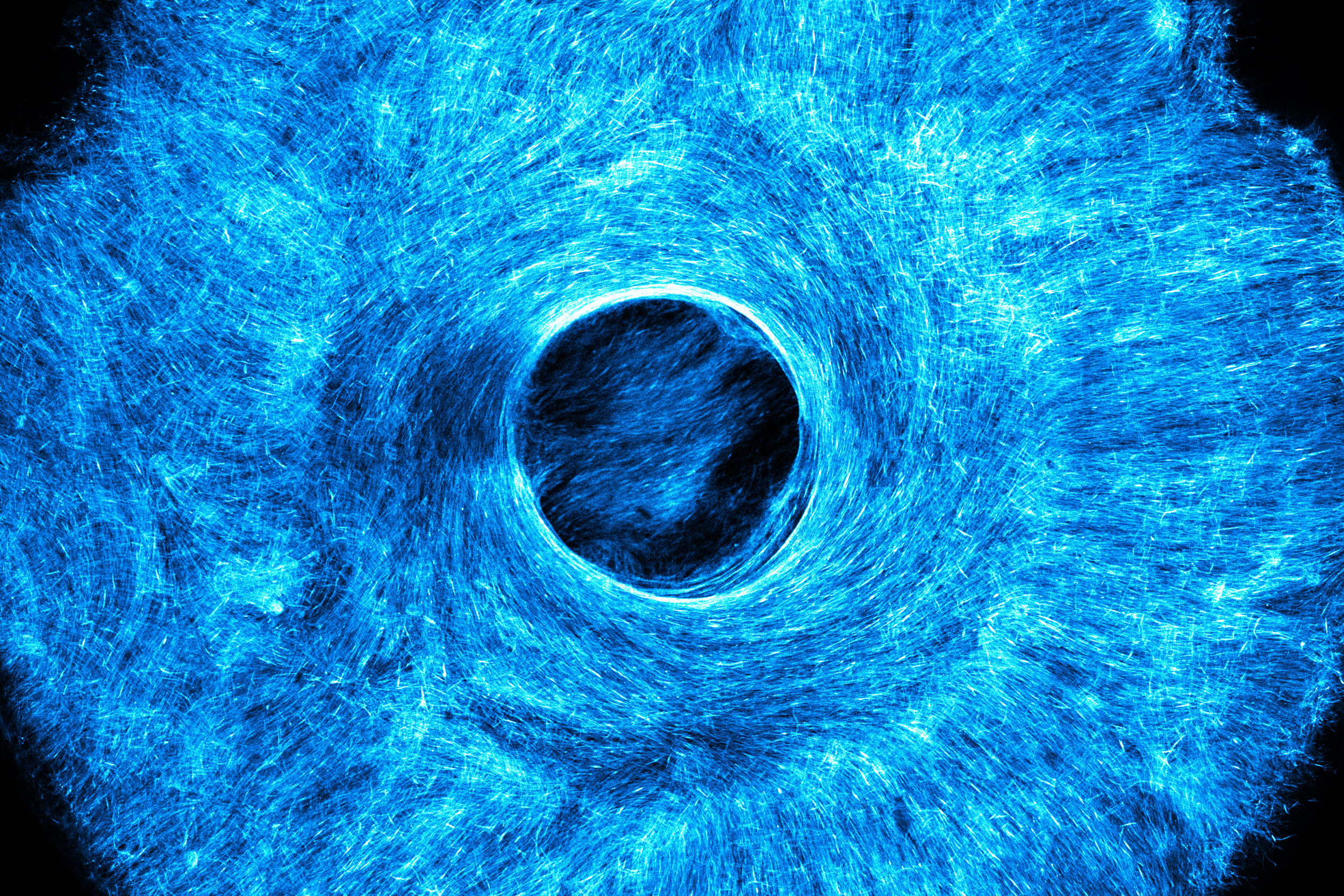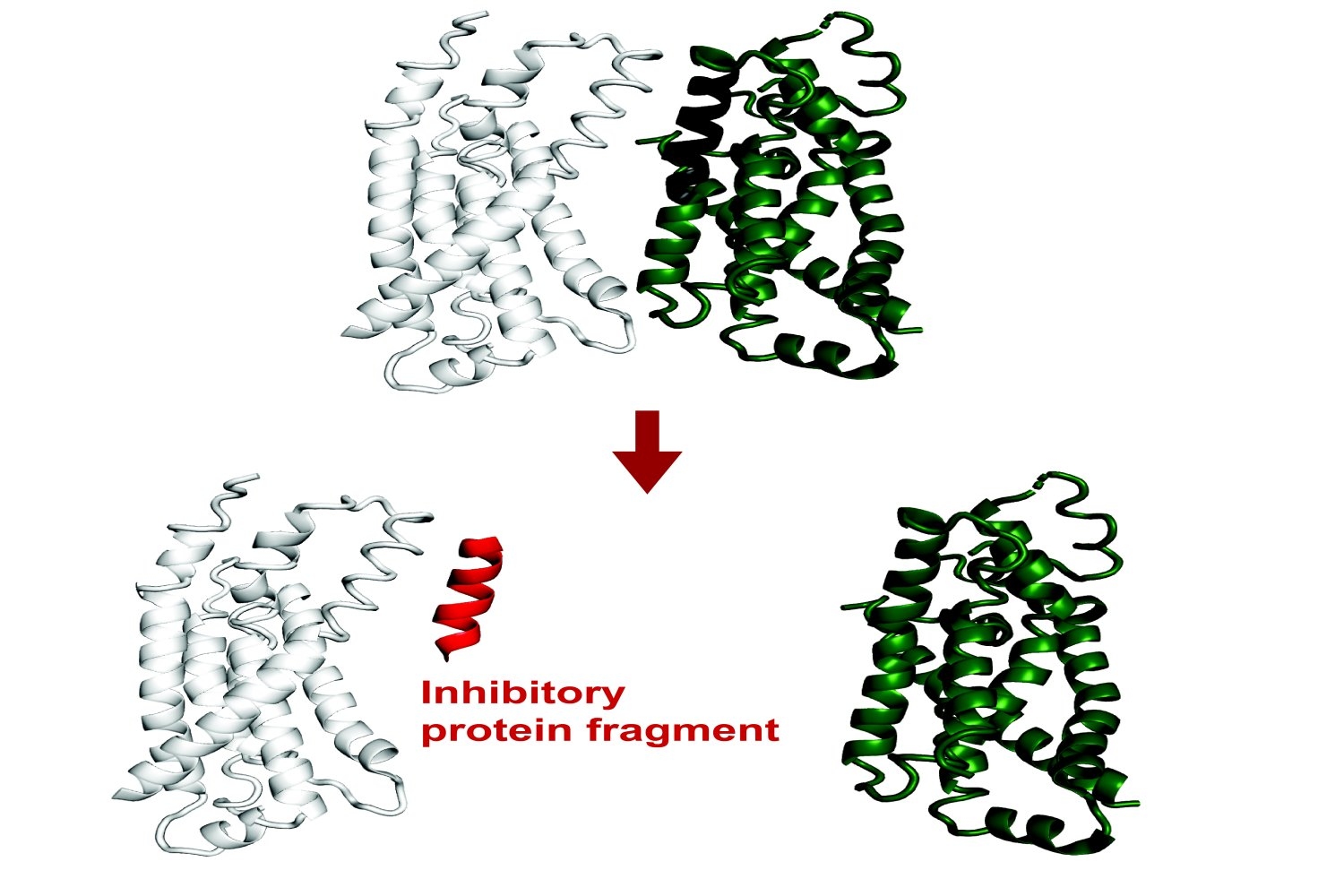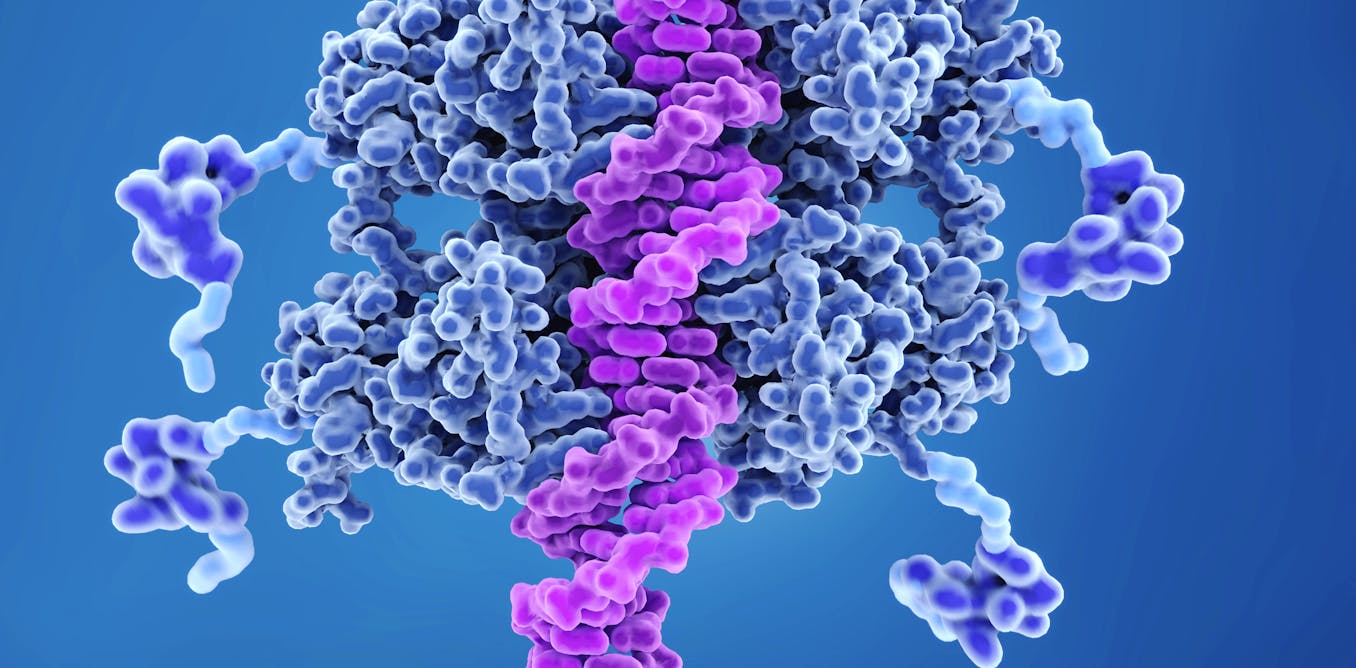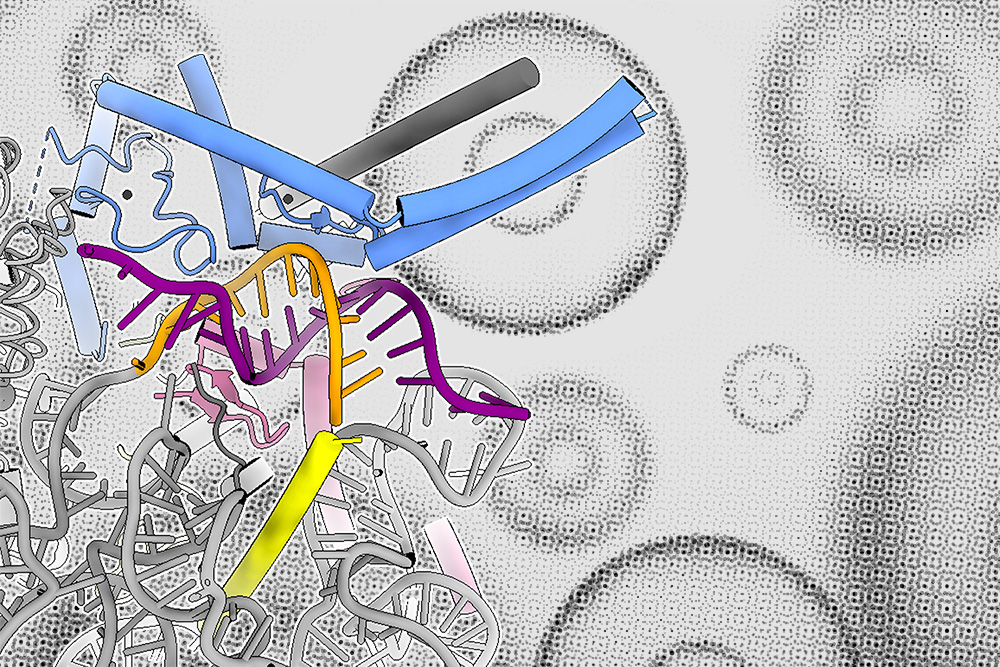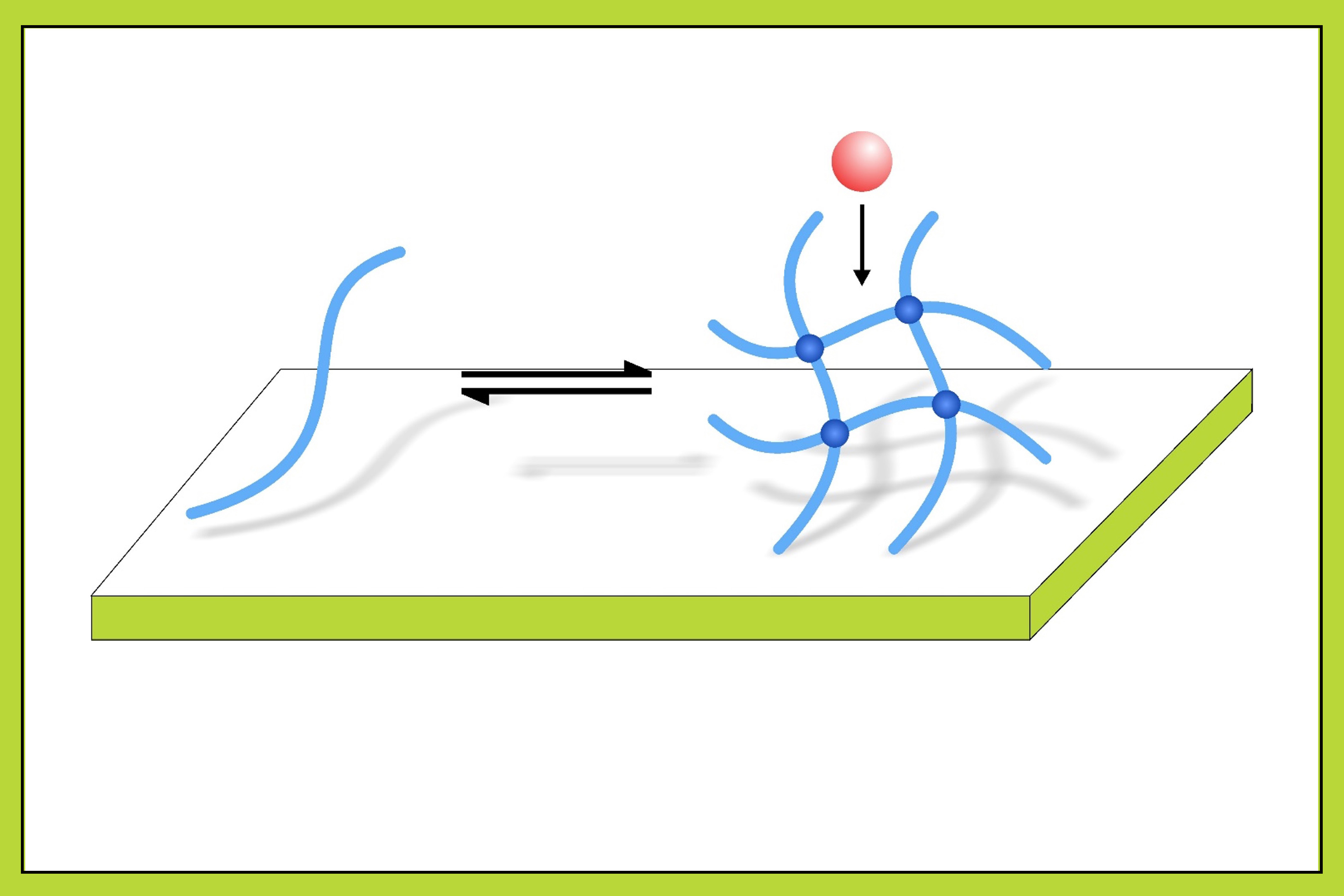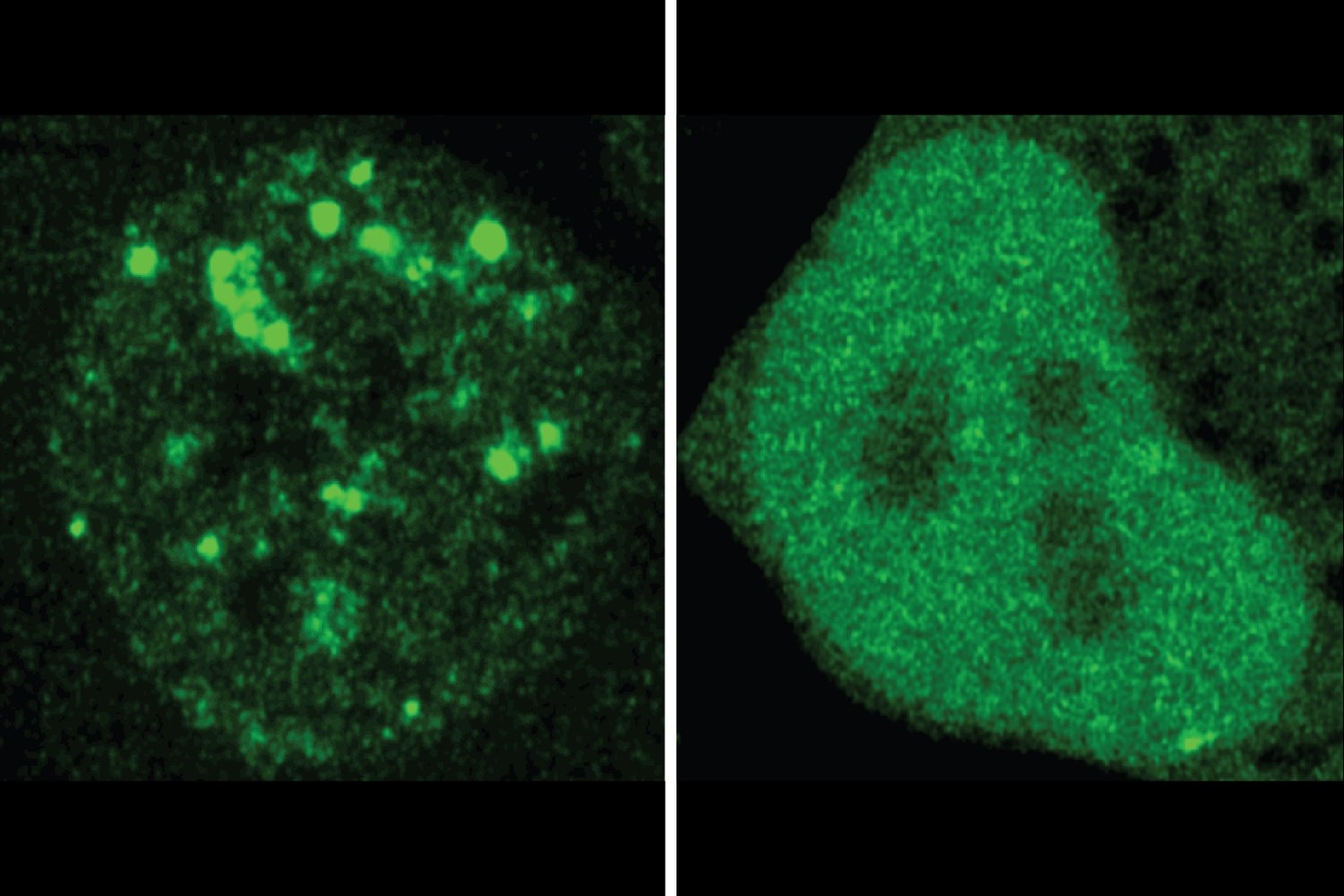Cells lining your skin and organs can generate electricity when injured − potentially opening new doors to treating wounds
Textbooks usually depict the epithelial cells encasing the interior and exterior of your body as passive barriers. But researchers discovered they can produce electrical signals like neurons.
March 17, 2025 • ~7 min
‘Pac-Man with a ponytail’ proteins regulate everything from night vision to heartbeats – studying what GRKs look like could improve an array of drugs
Master switches of cell communication, G protein-coupled receptor kinases are the target of many drugs across a range of diseases.
March 7, 2025 • ~7 min
Extreme heat silently accelerates aging on a molecular level − new research
People living in locations that experience frequent extreme heat days age faster at the molecular level.
March 4, 2025 • ~7 min
p53 is both your genome’s guardian and weakness against cancer – scientists are trying to repair or replace it when it goes awry
The gene that codes for p53 is the most frequently mutated in cancer. Researchers are targeting different parts of its complex pathway to restore its ability to stop cancer.
Feb. 20, 2025 • ~7 min
Evolving intelligent life took billions of years − but it may not have been as unlikely as many scientists predicted
Humans evolved late in Earth history. While this timing inspired the conclusion that humanlike life is a cosmic improbability, a new study pushes back.
Feb. 14, 2025 • ~10 min
AI model deciphers the code in proteins that tells them where to go
Whitehead Institute and CSAIL researchers created a machine-learning model to predict and generate protein localization, with implications for understanding and remedying disease.
Feb. 13, 2025 • ~11 min
/
138

